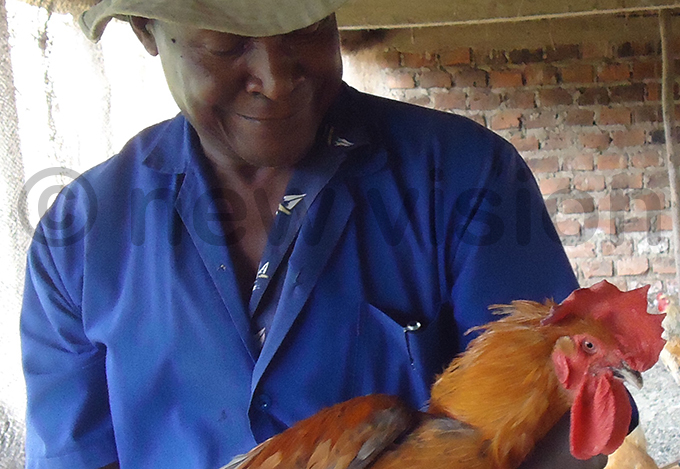What it takes to invest in local chicken
Start with 10-20 hens that you will be able to manage.
Let us all start a poultry project. However little money you are ready to commit to this project, you will harvest profits.
Forget the exotic layers and broilers, we are going native. Our indigenous local chickens that are available in every home-stead are what we all look after.
You may start with a few chickens or very many depending on the amount of money you are ready to invest.
Twaha Kakooza a local chicken farmer says normally chickens are let to scratch for food and water from around the homestead. Many of them die as chicks.
He says there are several interventions that can make farmers earn lots of money from these traditional chickens.
The breeding birds
Choose any number of hens that are disease-free and almost ready to start laying eggs. The birds should be healthy.
Experienced farmers can help you choose. Start with 10-20 hens that you will be able to manage. Search for a good strong cock. A good cock has good, long, straight legs and stands out majestically.
This cock is able to service up to 20 hens.
Housing
Robert Sserwanga of Agrarian Systems Limited says you should build a well ventilated separate house for your local birds. Every morning scatter ash in the room to help remove the droppings when sweeping.
"If possible cover the floor with coffee or wood husks. This will save you the daily cleaning but they should be changed every four to six months. It is not profitable to keep the chicken in confinement", he advises.
Feeding
According to Sserwanga, the chicken should be allowed to walk out and search for food but you should supplement this with additional food rich in energy. Feeding them on factory-prepared feed is not paying because they take a longer time to mature than broilers.
From the free-range feeding, the birds will be able to get the minerals, proteins and vitamins, in the numerous substances available around the home.
They will get proteins from insects, vitamins from the leafy plants and grass as well as minerals from the earth.
Sserwanga also says to give maize bran, millet or sorghum placed in clean feed containers near the chicken house. "Cassava flour mixed with maize bran also makes good feed. Place clean containers next to the feeding trays. The birds will not walk far from the home but will stay nearby pecking away all day", he explains.
Diseases/pests
These are a menace but are usually overlooked by most poultry keepers. Worms feed on the food that you give the birds.
They also irritate the intestinal system making interrupting normal digestion. Sserwanga says this often leads to diarrhoea. Some worms also suck blood. In the end, the birds develop what is termed as secondary malnutrition.
The birds may have all the proper food and in the correct quantities but the worms will make them appear ill-fed. De-worm your flock regularly.
Newcastle disease
Kakooza says this disease is highly fatal causing heavy losses. It attacks chicken at all ages. It is transmitted by contact between birds. It is also spread through water and feeds. There no cure.
Peter Mubiru a veterinary doctor says vaccination of birds from the first day of life creates immunity to the disease.
Repeated vaccinations continue in the later life of the bird. Contact a local veterinary officer to work out a vaccination regime for your farm.
Coccidiosis
According to Mubiru this is a disease that mainly affects young chicks. It is transmitted through droppings of infected birds. The main sign is bloody droppings. The disease can kill more than half of the young birds.
The birds reduce on feed intake then become thin and die. Mubiru advises farmers to ensure that the chicken house is kept dry because wetness increases the chances of infection. Place a wire mesh above the floor, so that the droppings fall through to the ground, leaving the birds dry.
The birds can be treated with drugs from the farm supply shop. Contact the veterinary officer for guidance. There are several other diseases that may affect your flock, but the above mentioned are the most important.
If good hygiene, medication and feeding are closely followed, there is no reason why you should not harvest lots of earnings from your birds after six.